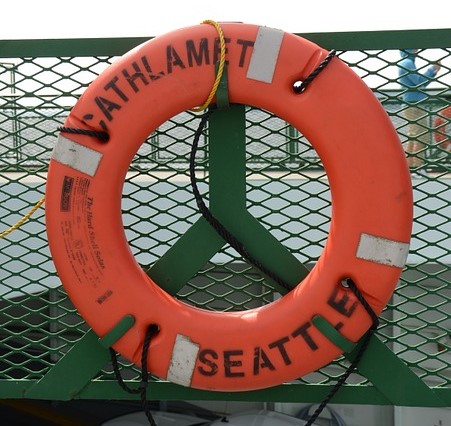Maritime Safety Culture
Everyone wants a culture of safety. Vessel owners want it, maritime workers want it, and their friends and families want it. But what is it and what steps must an organization or vessel owner take to establish it? It doesn’t happen overnight, and it doesn’t happen in a vacuum. It must start at the top, and it must feature consistency, trust, and truth. It is about doing the right thing even when no one is looking.
According to the International Maritime Organization (IMO), a United Nations agency established as the global standard-setting authority for the safety, security and environmental performance of international shipping, safety culture is defined as follows:
“An organization with a ‘safety culture’ is one that gives appropriate priority to safety and realizes that safety has to be managed like all other areas of the business.”
The IMO goes on to identify these keys to achieving a safety culture:
• Recognizing that accidents are preventable through following correct procedure and established best practices for safety
• Constantly thinking about safety each and every day
• Seeking continuous improvement in procedures
In our years of experience and practice, we have identified the following five crucial steps to establishing a safety culture. Time and again, serious accidents happen when one of these steps is omitted, overlooked, or ignored.
1. Leadership: Safety Starts at the Top
Vessel owners, managers, and supervisors must all agree that safety is paramount. It is a commitment that they make to the organization, to their workers, and to themselves. They must strive daily to do the right thing and set the highest safety standards for the crew to follow. If those in charge don’t follow safety procedures and standards, how can workers be expected to do better? The culture of safety starts at the very top with the values established by those in charge.
2. Training
Work at sea by its very nature is dangerous. However, that danger can be mitigated through constant training, coaching, and education. All crew members must be well trained and understand how to safely carry out their duties. Training should be considered an important first step to work at sea, and a program which features consistency and an understanding of why a safety measure is being taken should be established. Training isn’t something everyone “should” do, it is something everyone “must” do for the safety of the crew.
3. Document and Learn from Incidents
Even the most safety-conscious vessels will have an occasional incident. The key is to turn it into a learning experience and use it to improve. This is where truth comes in; hiding an incident or trying to cover it up is no way to create a culture of safety. Bringing an issue to the forefront, talking about it and creating a plan so it doesn’t happen again will create a culture in which people can learn from mistakes and others can learn along the way rather than hiding issues.
4. Involved Crewmembers
Crewmembers have a vested interest in vessel safety. To get “buy-in” from maritime workers, ask them to help create standards, rules, and procedures that they feel will create a safer work environment. Ask them if they see problems and if so, what solutions they can offer. Since they are on the front line, they may be more aware of potential hazards on a vessel. Allowing crewmembers to assist with safety standards is also a great way to teach leadership skills to new mariners.
5. Constant Communication
Safety must be talked about constantly, but there are other ways to communicate. Safety procedures should be simply written out with visual cues. They should be reviewed often and posted where they are visible to all workers. Safety gear (such as fire extinguishers) should be labeled and simple instructions written out. When and if safety gear is needed, workers may be anxious and forget key information. Simple instructions and visual cues can help during times of stress.
Constant reminders are important to reinforce safety awareness. All workers, from vessel owners to skippers to crewmembers need constant reminding that safety is the priority. It means doing the right thing even when no one is looking.
 Maritime Injury Law Blog
Maritime Injury Law Blog


